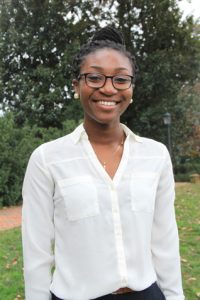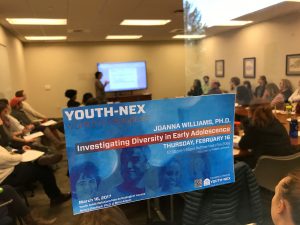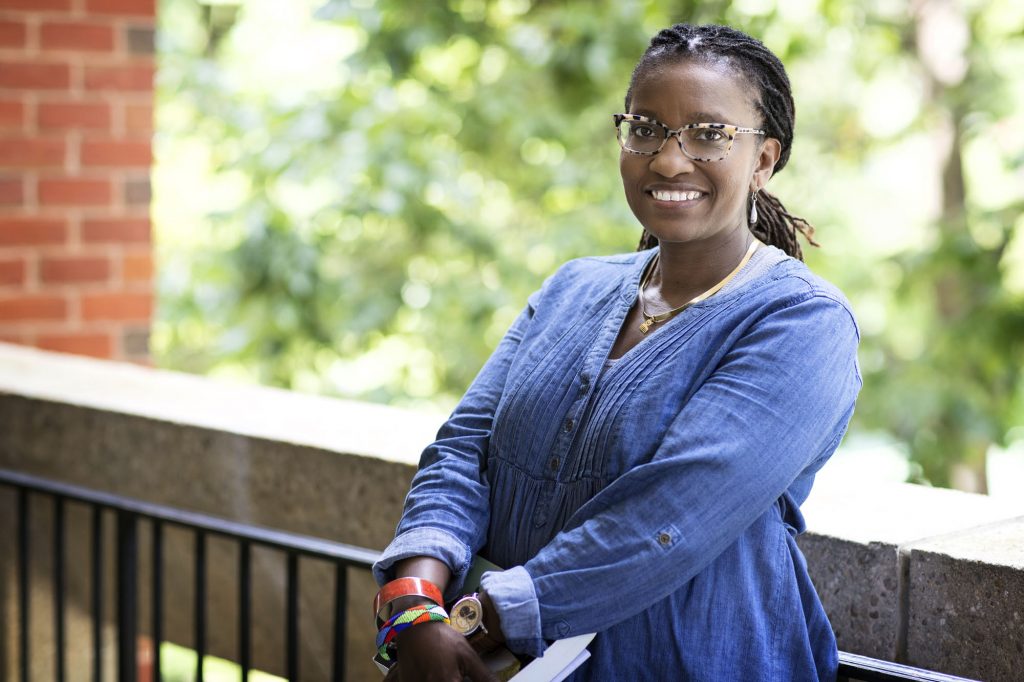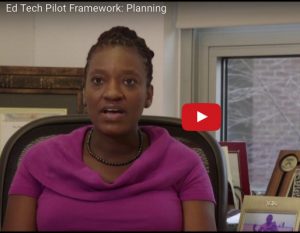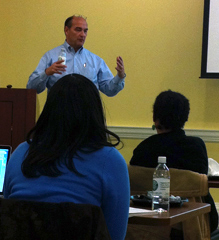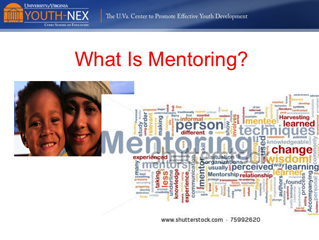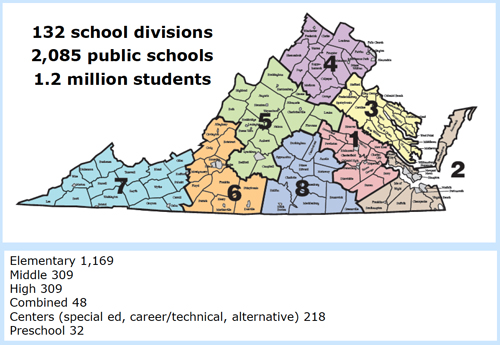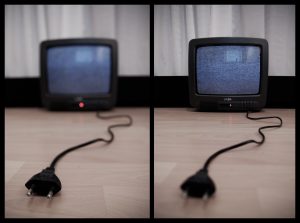
This is the second post in a series based on Professor Valerie Adams-Bass‘ UVA class, “Media Socialization, Racial Stereotypes And Black Adolescent Identity.”
Introduction by Valerie Adams-Bass, Ph.D.
TV talks. The characters we view on television shows and in movies speak to us through the written scripts and through the physical bodies of the characters. Media socialization—the exposure to mass communication (television, radio, internet, newspapers) messages, which teach people socially accepted behaviors that have: (a) a direct influence on cognitive ability and behavioral functioning, and (b) a mediating or facilitative indirect influence on learning (Adams & Stevenson, 2012), has been identified as a notable factor during adolescence. Arnett, 1995; Lloyd, 2002; Strasburger, Wilson & Jordan, 2014). Students in EDHS 3100, , are learning about the scripts that are associated with black media images and discussing the impact on African-American adolescents. Their blog entries reflect an understanding of the scripts viewed in television sitcoms, drama, reality shows, or movies and the potential impact of exposure to theses media images on viewers.

The Proud Family, “Twins to Tweens”
By Meagan Josephs, UVA student
For this reaction paper, I chose to watch an episode of The Proud Family called “Twins to Tweens” (season 3, ep. 8). The Proud Family is a Disney cartoon that depicts the antics of an African American family. Penny, a teenage girl, struggles through ordinary issues such as friends, boys and of course, family. In this particular episode, Penny’s mom, dad, and grandma, “Suga Mama,” head off for a bowling tournament, leaving Penny to watch her twin siblings, Bebe and Cece. Viewers are constantly reminded how often Penny has to watch the twins and how irritated this chore has made her. On this day, Penny’s wish for her siblings, to grow up is granted by the TV weatherman. With her newfound freedom, Penny is able to attend a pool party at the house of her crush, Dante. At the pool party, Bebe and Cece turn heads and quickly rise to the top of the social pyramid, whereas Penny tumbles to the bottom. At school, the twins ace their exams; in contrast, Penny barely passes. Even at home, their parents give the twins preferential treatment, including money, new clothes, and driving lessons; all of which Penny is denied. “Never be mistreated or ignored,” Suga Mama advises before ignoring Penny like everyone else.
The theme of rejection subsides when Mrs. Proud demands that the twins now take their sister to the mall. Though they initially deny her, Penny “may not have friends but she’ll always have family” they decide to bring her along. When she is then denied by the school nerd, she snaps and demands that things return to the way they were. The weatherman yields to her chants and the twins shrink back to their former selves, and everyone else’s memories are cleared.
I was surprised that an animated show depicted such negative, polarized stereotypes of Black people. For example, every encounter with Mr. Proud showed him as a stingy Mama’s boy. In the first scene, Suga Mama drops a bowling ball on his foot and delivers a punch line indicating that she is the one supporting the family. This idea reappears when Suga Mama chases Mr. Proud around the house with a rolling pin. These interactions show not only the relationship between a strong matriarch and weak father figure but also an extreme version of “tough love.” At the opposite end of the spectrum, Penny allows others to walk all over her; her friends and family abandon her, yet she does not fight.
Preference for white-appearance was also at the forefront of this episode, especially for women. Aside from Penny, all the girls had straight hair, some were even blonde. Suga Mama even referenced Penny’s “ugly hair.” Along with straight hair, light skin was a qualification for popularity. Dante and Cece both have light enough complexions to pass as White.
The twins are portrayed as the ideal people: smart, attractive, popular, and athletic go-getters. Ironically, since they have not grown into their role unlike the other characters; it is as if time causes Black people to become stupid and resentful. This resentment can go two ways: antagonistic like Suga Mama or withdrawn like Penny. Penny’s fight for equal rights is subdued by her White counterparts. When Penny eventually stands up to the weatherman, her demands, so out of character, come across as petulant. I interpreted that this episode was a colorful depiction of the White response to the civil rights movement. Penny was deemed stupid and unpopular by a group led by ignorant babies. In actuality, Penny knew what she wanted and she eventually acquired her desire, and Bebe and Cece were put back in their place.
This episode exemplifies how television can be used for identity formation and socialization. Arnett’s Adolescents’ Uses of Media for Self-Socialization says that one of the most important aspects of identity formation is defining gender roles. Whereas Penny’s identity constantly changes in light of her siblings’ impact, Bebe and Cece clearly take on their respective gender roles. Bebe is the tall, athletic man. He appeals to women with very little effort. In contrast, Cece loves clothes, canopy beds, cheer and boys. These passions depict girls as dainty, beautiful and absorbed by appearances. They also teach viewers “‘scripts’ for how to behave in unfamiliar situations” (Strasburger et al 758). Adolescents, who have not yet encountered many circumstances, would find this advice especially relevant.
Values stabilize society, so distinguishing what matters is a major aspect of Arnett’s socialization, which Bebe and Cece help express. When Mrs. Proud requests that the twins take Penny to the mall, they vehemently reject her. She responds with a crucial lesson, “Penny may not have friends, but she has family.” This statement emphasizes the importance of family in our society, which is easily overlooked among adolescents who are constantly searching for their identities in their friends.
Jackson’s text, Scripting the Black Masculine Body Identity also demonstrated concepts that viewers encounter in this episode, including colorism. As previously stated, Cece and Dante have such light complexions that they could pass as White. This idea, defined by Jackson as “the process by which bi-ethnic people conceal their African heritage and assimilate totally into the European American community,” was prevalent when Blacks’ rights were withheld. Colorism as a broader concept, entails a preference for lighter appearances. Even today, media depicts “light-skinned” Blacks as the beauty ideal. Those with light eyes and thin noses, Anglo-Saxon characteristics, are plastered on magazines and TV screens disproportionately. This episode pays homage to this uncomfortable truth through Cece and Dante.
References
Arnett, J. J. (1995). Adolescents’ uses of media for self-socialization. Journal of Youth and Adolescence, 24(5), 519-533.
Jackson, R. L. (2006). Scripting the black masculine body identity. Albany, NY: Suny.
Strasburger, V. C., Jordan, A. B., Donnerstein, E. (2010). Health effects of media on children and adolescents, Pediatrics, 125(4), 756-767.
Discussion Questions
- Why is Mr. Proud presented as a weak man? How would the show change if he was the head of the house?
- Why would Suga Mama tell Penny to stand up for herself rather than help her?
